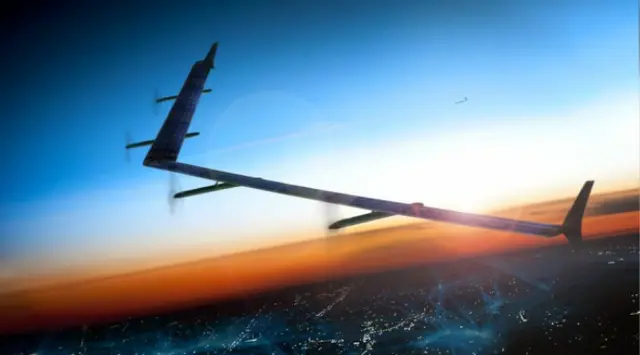The 11 remaining Trans-Pacific Partnership (TPP) members have reached a deal to push ahead with the trade pact without the United States, officials announced on Saturday, a day after US President Donald Trump laid out his bilateral vision for trade ties in the Asia-Pacific.
Speaking on the sidelines of the Asia Pacific Economic Cooperation (APEC) Economic Leaders' Meeting in Da Nang, Vietnam, the Vietnamese and Japanese trade ministers said a deal had been reached to suspend some provisions in the original agreement.
"We have overcome the hardest part," Vietnam's trade minister, Tran Tuan Anh, told a news conference. The agreement, which still needs to be finalized, would now be called the Comprehensive and Progressive Agreement for Trans-Pacific Partnership (CPTPP), he added.
Trade ministers and delegates from the remaining members of the Trans-Pacific Partnership (TPP) attend the TPP Ministerial Meeting during the APEC 2017 in Da Nang, Vietnam on November 9, 2017.
Ministers from the 11 TPP countries met this week on the sidelines of APEC Economic Leaders' Meeting in Vietnam earlier this the week.
The agreement follows days of uncertainty over whether the countries would be able to agree on the terms of the deal, after Trump ditched it this year in favor of an "America First" policy.
'Core elements' agreed
In a joint statement on Saturday morning, the remaining countries – dubbed the TPP-11 – said they had "agreed on the core elements" of a deal, after days of stalled talks raised fears it could collapse altogether.
Francois-Philippe Champagne, Canada's trade minister, described the breakthrough in a tweet as "big progress." Canada had held out to maintain environmental and labor protections linked to freer markets in the deal.
Those elements were thrown into jeopardy by the US withdrawal earlier this year, which forced the remaining countries to reconsider the merits of a pact suddenly shorn of access to the world's largest economy.
Canada had dug in over those progressive clauses. But they are much less attractive to countries like Vietnam, Malaysia, Chile and Peru now that the carrot of access to the huge US market has been pulled.
US withdrawal
Trump's election has upended years of American-led moves to open up global trade. The US president is among leaders attending the APEC Economic Leaders' Meeting in Da Nang and on Friday he ladled out more of his trademark 'America First' rhetoric.
In a strident address, he said his country will "no longer tolerate" unfair trade, closed markets and intellectual property theft. "We are not going to let the United States be taken advantage of any more," he added, taking a swipe at multilateral trade deals.
Shortly after, Chinese President
Xi Jinping offered a starkly different vision, casting his country as the new global leader in free trade.
On Saturday, Trump and Xi joined leaders from across the Asia-Pacific region for closed door summit talks, including Russia's Vladimir Putin, Japan's Shinzo Abe and Canada's Justin Trudeau.
What is TPP?
The original TPP deal was once described by the US as a "gold standard" for all free trade agreements because it went far beyond just cutting tariffs.
It included removing a slew of non-tariff restrictions and required members to comply with a high level of regulatory standards in areas like labor law, environmental protection, intellectual property and government procurement.
Without the US, TPP-11 only represents 13.5 percent of the global economy but the remaining countries are keen to avoid the deal's collapse, especially given the increasingly protectionist winds sweeping through the United States and Europe.
(AFP & REUTERS)
 简体中文
简体中文

